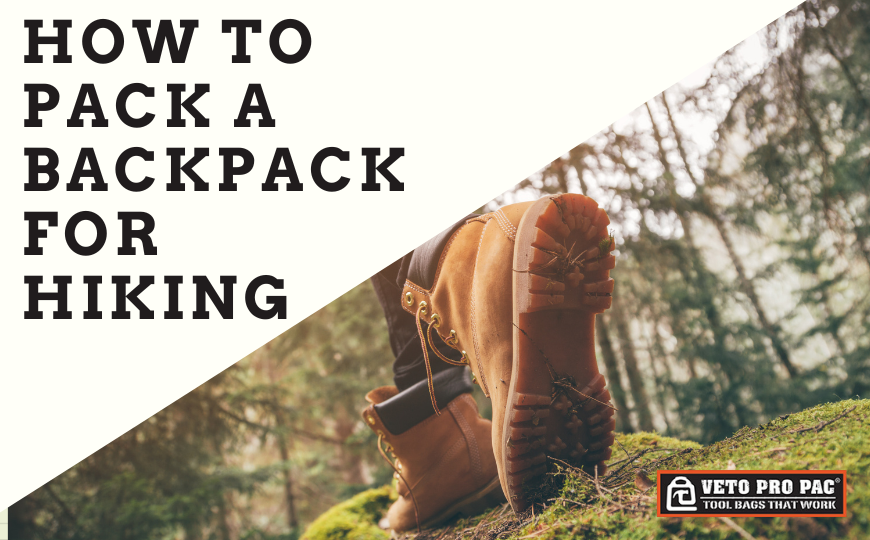Packing your hiking backpack the right way makes all the difference on the trail. An overloaded or poorly balanced pack can cause sore shoulders, back pain, and even shorten your hike. With a little planning and the right gear, you can carry everything you need while staying comfortable for miles.
Whether you’re heading out for a short day hike or an overnight trip, here’s a step-by-step guide on how to pack a hiking backpack efficiently.
1. Choose the Right Backpack
The first step is selecting a backpack that fits your needs. Look for something durable, lightweight, and designed with padded straps and compartments to keep your gear organized. For day hikes, a 20–30 liter backpack is usually ideal. If you need a dependable option, the Norwalk 20L Backpack offers a great balance of space and comfort for everyday hikes.
2. Pack by Weight and Frequency of Use
The key to a comfortable hike is balancing your load:
-
Heavy items (like water, food, or cooking gear) should sit close to your back and near the middle of the pack. This keeps weight centered and reduces strain.
-
Medium-weight items (like clothing layers or first aid kits) go around the heavier core for padding and balance.
-
Light items (like snacks, maps, or a rain jacket) should be placed in the top compartment or exterior pockets for quick access.
3. Use Compartments to Stay Organized
Instead of tossing everything into one main section, use your backpack’s dividers and pockets strategically. Some tips:
-
Keep your hydration (water bottle or bladder) in the side pocket or designated sleeve.
-
Store emergency items (first aid, flashlight, multi-tool) in an outer pocket so you can reach them fast.
-
Place extra layers at the bottom if you won’t need them until later in the hike.
A well-organized pack means less time digging around and more time enjoying the trail.
4. Roll, Don’t Fold
When it comes to clothing, roll each piece tightly instead of folding. This saves space and prevents creases. You can also use small packing cubes to separate gear and make it easier to grab what you need.
5. Secure Loose Items
Straps and loops on the outside of your backpack are perfect for items like trekking poles, a sleeping pad, or even a compact tripod. Just make sure they’re tightly fastened to avoid swinging weight that throws off your balance.
6. Balance Comfort and Safety
Finally, test your pack before hitting the trail. Adjust the shoulder straps, hip belt, and chest strap until the weight feels evenly distributed. The majority of the weight should rest on your hips, not your shoulders.
Final Thoughts
Packing a hiking backpack is about efficiency, balance, and accessibility. By placing heavier gear close to your back, keeping essentials easy to reach, and securing loose items, you’ll enjoy a smoother, more comfortable hike.
And if you’re looking for a durable daypack that’s built for both outdoor adventures and everyday use, the Norwalk 20L Backpack is a reliable option to consider.

 Tool bags
Tool bags
 Tool Storage
Tool Storage
 Made in USA
Made in USA Tool Bags By Trade
Tool Bags By Trade


